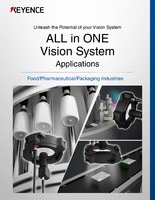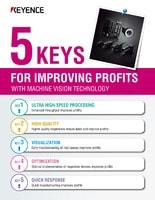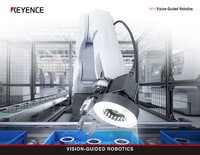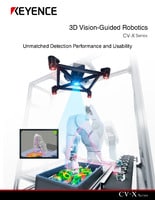Concept of Shutter Speed
Warning on using high-speed shutters
As the shutter speed is increased, the required exposure time shortens and in many cases the aperture needs to be opened more to let in more light. Unfortunately, a wider aperture leads to a smaller depth of fi eld (range in focus). In the worst case, a sheet that is moved up and down, a limited depth of fi eld can lead to a blurry image and adversely affect the inspection results.

Ensuring successful inspections on a high-speed line.
It is important to determine the optimum settings.
- Determine the shutter speed.
- Determine the aperture.
- Determine the necessary amount of light.
These steps aid in maintaining the highest level of stability.
![Stable detection! Shutter speed [higher is better] Illumination[brighter is better] Aperture [narrower is better]](/Images/ss_visionbasics_basic_prc03_img02__1694480.jpg)
Summary
When determining the best method for in-line flaw inspection, keep the following points in mind.
- First determine the minimum detectable size of the object; 2 or more pixels within the field of view.
- Determine the speed that can be supported relative to the minimum detectable size obtained for:
a line with intermittent feed; determine the processing speed of the machine vision system.
a line with continuous feed; determine the shutter speed and then the processing speed of the machine vision system. - When capturing images on a high-speed line, pay close attention to the shutter speed, level of illumination, and lens aperture.

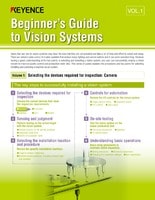

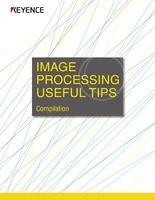
![A Technical History of Image Processing Vol.1 [Camera]](/img/asset/AS_46814_L.jpg)
![The Latest Image Processing Applications [Transportation Industry]](/img/asset/AS_71759_L.jpg)
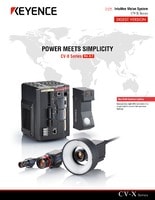
![The Latest Machine Vision Inspections [Food and Medical Industries]](/img/asset/AS_72814_L.jpg)

